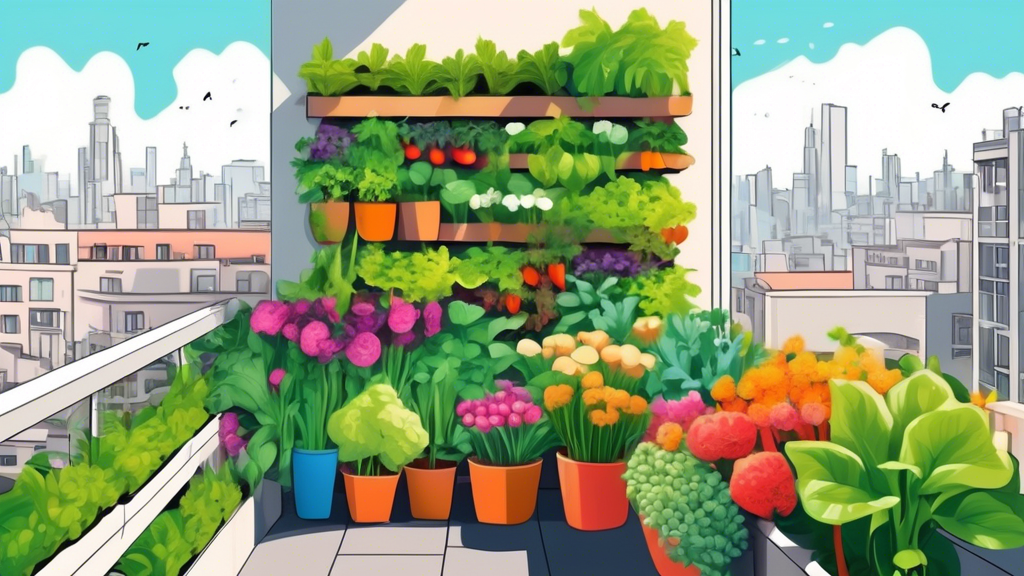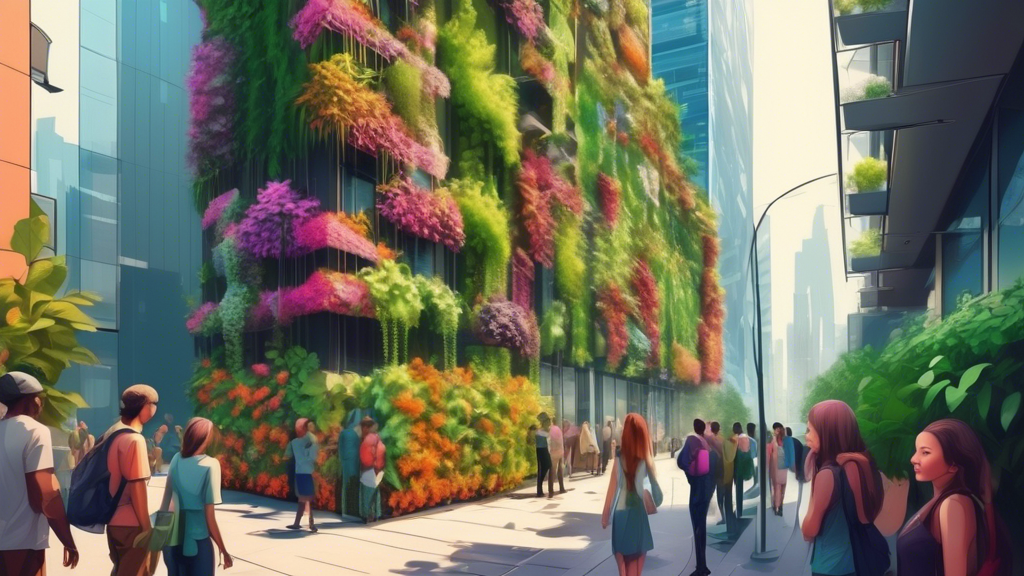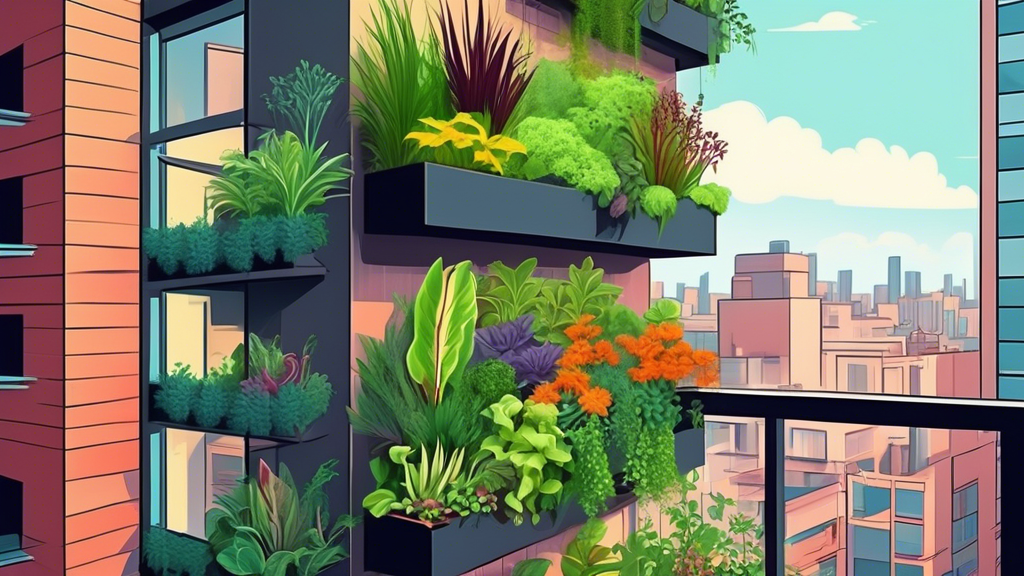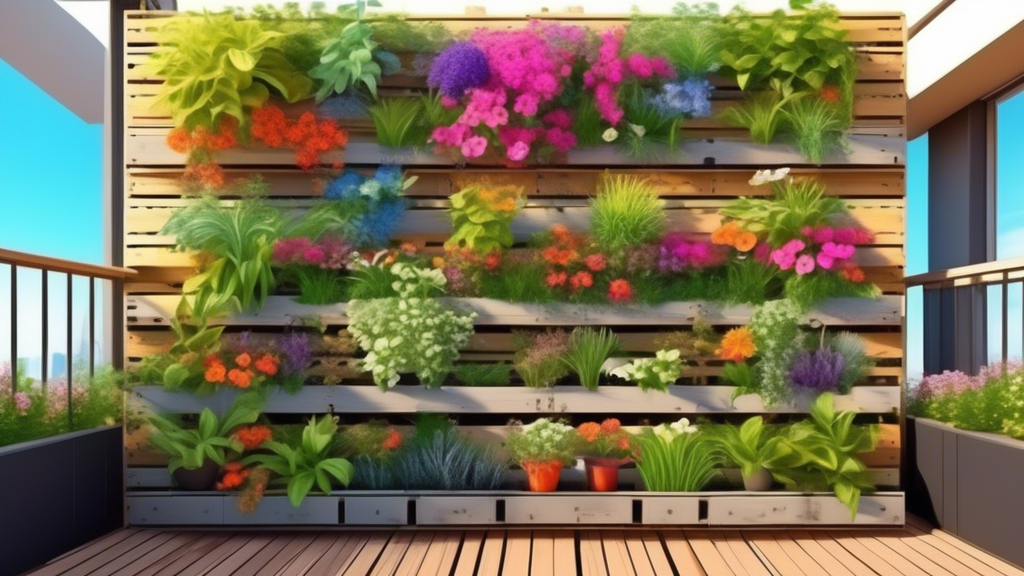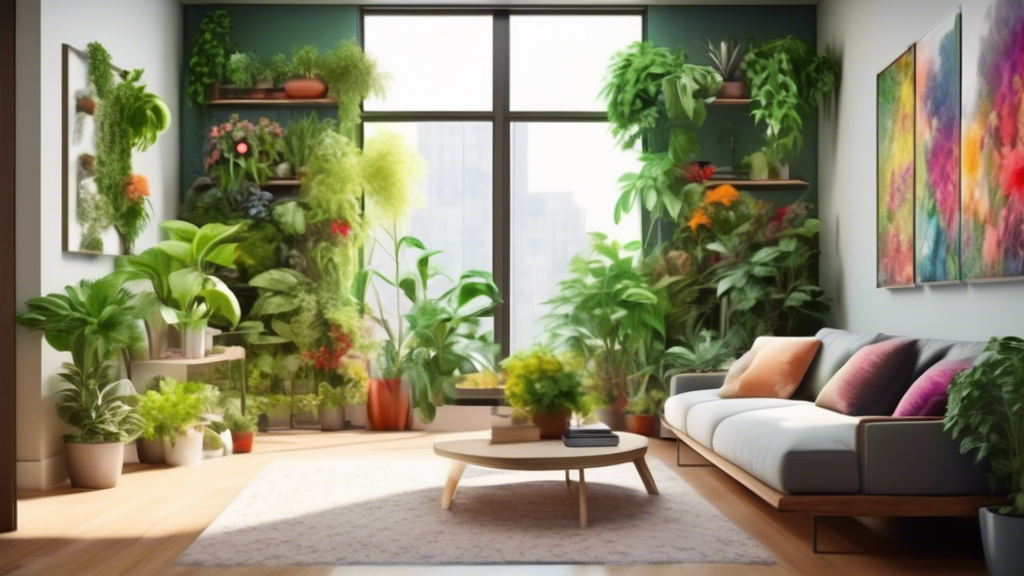
The Essentials of Urban Gardening” offers a charming guide to transforming your limited city space into a flourishing green haven. You will discover tips on selecting the right plants, maximizing your space, and utilizing sustainable gardening practices. This guide will not only enrich your urban lifestyle but also bring a touch of nature to your doorstep. Whether you’re a beginner or a seasoned gardener, this concise and friendly resource provides practical insights to help you cultivate your own urban oasis. Have you ever thought about transforming a small patio, balcony, or rooftop into a flourishing garden?
Urban gardening is becoming increasingly popular, providing city dwellers with the chance to grow their own vegetables, herbs, and flowers, even in constrained spaces. Whether you have a sprawling rooftop or a tiny window sill, you can join the urban gardening movement and enjoy the benefits of growing your own plants.
What is Urban Gardening?
Urban gardening refers to the practice of cultivating plants in a city environment. This can include a variety of techniques and setups, all aimed at maximizing limited space for growing plants. From container gardening and raised beds to vertical gardens and hydroponic systems, urban gardening can adapt to any urban setting.
Benefits of Urban Gardening
Gardening in an urban space offers a multitude of advantages:
- Health Benefits: Fresh, pesticide-free produce can improve your diet.
- Psychological Well-being: Spending time with plants can reduce stress and improve mental health.
- Environmental Impact: Green spaces in cities can lower pollution and improve air quality.
Getting Started
Ready to dig in? Here’s how you can begin your urban gardening journey.
Assess Your Space
The first step in urban gardening is to evaluate the space you have. Whether it’s a windowsill, balcony, patio, or rooftop, knowing the dimensions and exposure to sunlight will help you choose the suitable plants and gardening methods.
Gardening Space Assessment Chart:
| Space Type | Ideal Plants | Sunlight Needs | Recommendations |
|---|---|---|---|
| Windowsill | Herbs, Small Flowers | 4-6 hours of sunlight | Use small pots or hanging planters |
| Balcony | Lettuce, Tomatoes | 6-8 hours of sunlight | Add railing planters, vertical gardens |
| Patio | Carrots, Peppers | 6-8 hours of sunlight | Opt for raised beds, container gardening |
| Rooftop | Pumpkins, Squash | 8+ hours of sunlight | Install larger raised beds or hydroponic systems |
Choose Your Plants
Selecting the proper plants for your space and local climate is crucial. Start with easy-to-grow plants like herbs, lettuce, and tomatoes if you’re new to gardening. Consult local planting guides or gardening centers to find the best matches for your area.
Plan Your Layout
Design your garden layout considering the types of plants and their space requirements. Use vertical space to your advantage by installing shelves, wall planters, or trellises. Companion planting, where you grow plants that benefit each other together, can also optimize your garden space.

Essential Components of Urban Gardening
Understanding the key elements of urban gardening will help you build and maintain a thriving garden.
Soil and Containers
Good quality soil and the right containers are the backbone of your garden. Choose soil that is rich in organic matter and ensures proper drainage. The type of container impacts plant growth, so opt for those made of breathable materials like terracotta or fabric for better root health.
Watering Systems
Urban gardens need an efficient watering system. Drip irrigation, self-watering pots, or a simple watering can suffice depending on your setup. Using a consistent watering schedule and making sure your plants are not over or under-watered is key.
Lighting Conditions
Natural light is crucial for plant growth. If your space receives limited sunlight, you might need to supplement it with grow lights. Observe how much natural light different parts of your space get and distribute your plants accordingly.
Fertilization
Regular fertilization keeps your plants healthy and productive. Organic fertilizers like compost or fish emulsion are great options. Follow the recommended dosage for each plant type and adjust based on your garden’s feedback.
Advanced Urban Gardening Techniques
If you’re ready to take your urban gardening to the next level, explore these advanced techniques.
Vertical Gardening
Vertical gardening maximizes limited space by growing plants upwards. Use trellises, hanging baskets, or wall-mounted planters. This method is particularly effective for vine plants like tomatoes and cucumbers.
Hydroponics
Hydroponic gardening grows plants without soil, using nutrient-rich water instead. This method can yield faster growth and higher production, making it perfect for urban settings. Kits are available for beginners wanting to experiment with hydroponics.
Companion Planting
Companion planting involves growing different crops together to boost productivity and deter pests. For example, planting marigolds alongside tomatoes can repel harmful insects. Research compatible plant pairs to make the most out of your space.
Composting
Creating your own compost from kitchen scraps and garden waste provides rich organic fertilizer for your garden. Compost bins come in various sizes, suitable even for small spaces. This minimizes waste and helps maintain a healthy garden ecosystem.
Common Challenges and Solutions
Urban gardening comes with its unique set of challenges. Here’s how you can address some common issues.
Pests and Diseases
Urban gardens can attract pests like aphids and spider mites. Use natural repellents like neem oil and maintain good hygiene by removing dead plants and debris. Keeping your garden clean and healthy reduces the risk of diseases spreading.
Limited Space
Space constraints are a significant challenge. Embrace solutions like compact plant varieties, vertical gardening, and stacking pots. Efficiently organizing your garden space makes it possible to grow more in less area.
Weather Conditions
Urban environments can have unpredictable weather. Portable planters allow you to move plants indoors during extreme weather. Also, using row covers or small greenhouses helps protect your plants.
Water Management
Managing water efficiently is crucial in urban gardening. Invest in rain barrels to collect rainwater for your garden. Utilize mulching to retain soil moisture, reducing the need for frequent watering.
Maintaining Your Garden
Ongoing maintenance is necessary for a successful urban garden. Here are some tips to keep your garden thriving.
Regular Monitoring
Frequently inspect your plants for signs of pests, diseases, or nutrient deficiencies. Early detection allows you to address issues before they escalate.
Pruning and Weeding
Regular pruning helps plants grow healthily and produce more yield. Weeding is equally important to prevent unwanted plants from competing with your crops for nutrients and space.
Seasonal Adjustments
Adjust your gardening practices with the changing seasons. For instance, switch to heat-tolerant plants during summer and frost-resistant ones in winter. Seasonal adjustments keep your garden productive year-round.
Community and Social Impact
Urban gardening isn’t just about growing plants; it’s also about building community and enriching urban spaces.
Joining Gardening Communities
Connect with local gardening groups or online forums to share experiences, tips, and resources. Community gardens are excellent starting points for those interested in larger-scale urban gardening projects.
Educational Opportunities
Urban gardening offers educational opportunities for children and adults alike. Schools and community centers often run gardening programs to teach about sustainability, nutrition, and the environment.
Enhancing Quality of Life
Urban gardens improve the quality of life by adding green spaces to concrete jungles. They serve as peaceful retreats, encourage healthy living, and foster a sense of community.
Conclusion
Embarking on an urban gardening journey can be a rewarding endeavor, combining the simplicity of planting with the dynamic atmosphere of city living. No matter how small your space, there’s always a way to grow something beautiful. Happy gardening!
Urban gardening is more than just a hobby; it’s a way to enhance your city life with the beauty and benefits of nature. Whether you’re growing a few herbs on your windowsill or turning your rooftop into a lush garden, the essentials of urban gardening can guide you every step of the way. Enjoy the process, connect with your green thumb, and watch your urban garden thrive!
